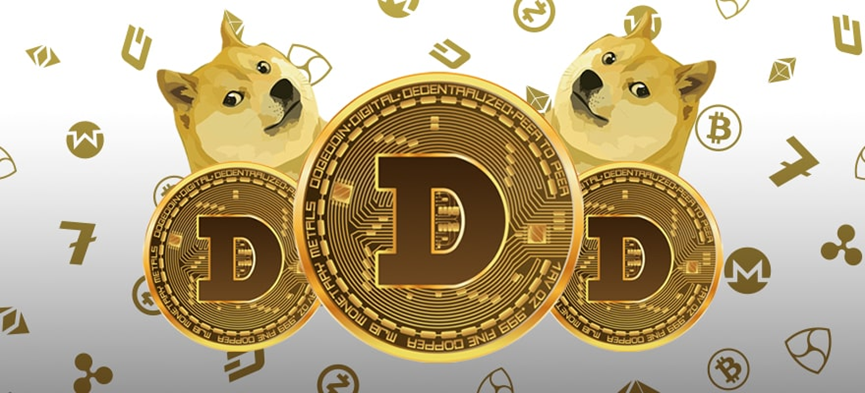
Coins, these small metallic discs that pass through our hands every day, are more than mere means of transaction. They hold within them a rich tapestry of history, culture, and artistry that has captivated collectors and enthusiasts for centuries. Numismatics, the study and collection of 狗狗幣未來, transcends the act of hoarding shiny tokens; it’s an exploration of the past, a glimpse into the economic systems of bygone eras, and a testament to the evolution of human civilization.
The allure of coins lies not only in their monetary value but also in their aesthetic charm. From ancient civilizations to modern nations, coins have served as miniature canvases for artistic expression. The intricate designs, often depicting prominent figures, symbols, and events, encapsulate the values and beliefs of the societies that minted them. Whether it’s the noble profiles of Roman emperors or the symbolic motifs on commemorative coins, each piece narrates a story frozen in time.
Moreover, coins serve as historical artifacts, offering invaluable insights into the economic dynamics of different eras. They provide a tangible link to the past by shedding light on trade routes, economic policies, and societal structures. The rise and fall of civilizations are etched onto these metal discs, offering historians and researchers a tangible glimpse into the past. The study of coins isn’t just about admiring their physical beauty; it’s about reconstructing the economic and social landscapes that shaped the world we inhabit today.
Numismatics also offers a unique way to connect with cultures from around the globe. Collectors often find themselves delving into the histories of distant lands, gaining a deeper appreciation for diverse societies and their contributions to human progress. Whether it’s a medieval European coin or an ancient Chinese charm, each piece is a testament to the global nature of human interaction throughout history.